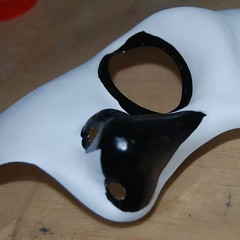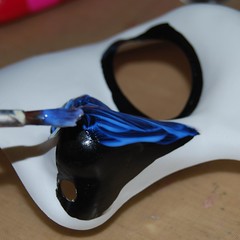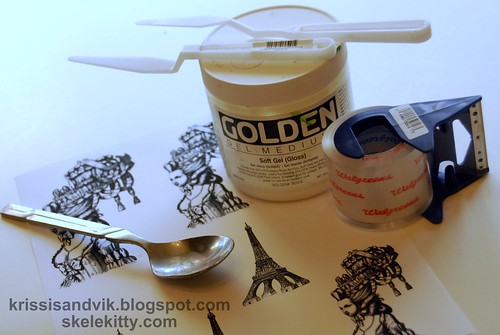Today's Marketing Tidbit is a 2fer since I've been gone for so long.
First, some organization: I've tried going off memory to make sure that everything I want to go into packages actually gets in there. I fail every time. - luckily, the item that usually gets left out is the invoice (annoying, but not critical). I think it's because I don't ship a high volume of stuff, so I haven't developed habits from constant repetition. I finally broke down and admitted I needed a system, so I made myself a checklist.
The "Linky Love" packet, for those of you who are wondering, is a little envelope of goodies and business cards from shops I buy from, work with and love. Cross promotion between shops is a FABULOUS idea, but don't just throw your friends' cards in the package, tell your customer why you are sending them. The wording on my note goes something like this:
There you go, two treats and no tricks! Happy Halloween, everyone!
See all the Marketing Tidbits
Read more ...
First, some organization: I've tried going off memory to make sure that everything I want to go into packages actually gets in there. I fail every time. - luckily, the item that usually gets left out is the invoice (annoying, but not critical). I think it's because I don't ship a high volume of stuff, so I haven't developed habits from constant repetition. I finally broke down and admitted I needed a system, so I made myself a checklist.
 |
| Click on the image to be taken to the Google Docs checklist. Now you have a checklist too! |
The "Linky Love" packet, for those of you who are wondering, is a little envelope of goodies and business cards from shops I buy from, work with and love. Cross promotion between shops is a FABULOUS idea, but don't just throw your friends' cards in the package, tell your customer why you are sending them. The wording on my note goes something like this:
There you go, two treats and no tricks! Happy Halloween, everyone!
See all the Marketing Tidbits































